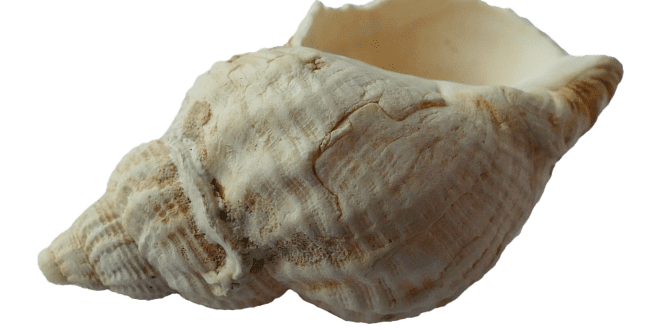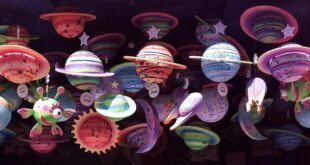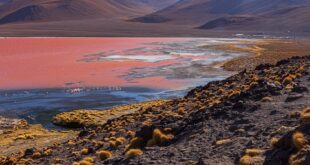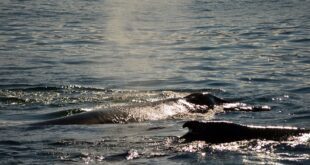Discovering the Wonders of Our Oceans
Marine biology is the study of life in the ocean – from bacteria to whales, and everything in between. It’s a fascinating field that has captured the attention of scientists and nature enthusiasts for many years, and for good reason. The ocean is home to some of the most unique and mysterious creatures on the planet, and there’s always something new to discover. Here are 10 amazing facts about marine biology that will blow your mind!
Fascinating facts
- There are 228,450 known species of marine life, and it’s suggested there may be up to 2 million undiscovered. That means we’ve only discovered about 10% of the marine life on earth!
- The world’s largest known living organism is a marine animal called the Great Barrier Reef, stretching over 2,300 km up the east coast of Australia.
- Marine creatures such as the jellyfish “Turritopsis dohrnii“ could potentially be immortal because they have the ability to transform their cells, making them younger again.
- Oceanic currents worldwide create hidden places of rotation – often around 10-15 sq. miles across. Animals are often seen gathering at these “îles invisibles”, which means invisible islands.
- Seagrasses and kelp forests absorb up to 20 times more carbon per acre than similar terrestrial ecosystems, which helps mitigate climate change. These underwater beacons become constructive foundations for communities of animals and other healthy marine life.
Marvellous Organisms in Seas
Another reason marine biodiversity is so important is that many of the organisms that live in the ocean have unique features that make them useful for human medicine. For example, several types of sponges found on reef ecosystems have been discovered to have powerful antibiotic and anticancer properties. Believe it or not, even Zebrafish can help cure diseases!
The Ocean is Full of Surprises
- There are bioluminescent organisms in the ocean that emit light, including jellyfish, squid and plankton. They illuminate and defend themselves and attract their prey.
- Killer whales are part of the dolphin family and are the largest member. They eat up to 450 kilos of nourishment each day and can live over 90 years.
- The Talitrus saltator is a sand hopper. It dives in and out the sand approaching 20 times greater factors than normal speeds to alert others of predators or return to nests underneath the ocean floor.
- Dinoflagellates are single-celled organisms that can form red tides that release toxins that cause critical harm to sea life and people.
Fascination of Coral Reefs
The Great Barrier Reef, an aquatic wonderland that spreads over 2,300 km, is one example of the amazing coral reefs found in our oceans. 25% of marine life get its home in corals, benefiting communities by offering job and opportunities even in the most remote areas of the world.
Marine biology is an incredibly broad and exciting field filled with countless unknowns waiting to be discovered. With so much yet to learn, the ocean truly is a place of constant wonder and discovery. We need to follow in the footsteps of the pioneers of marine biology and continue to work tirelessly to study and uncover the secrets of our seas.
 Mind Uncharted Explore. Discover. Learn.
Mind Uncharted Explore. Discover. Learn.




